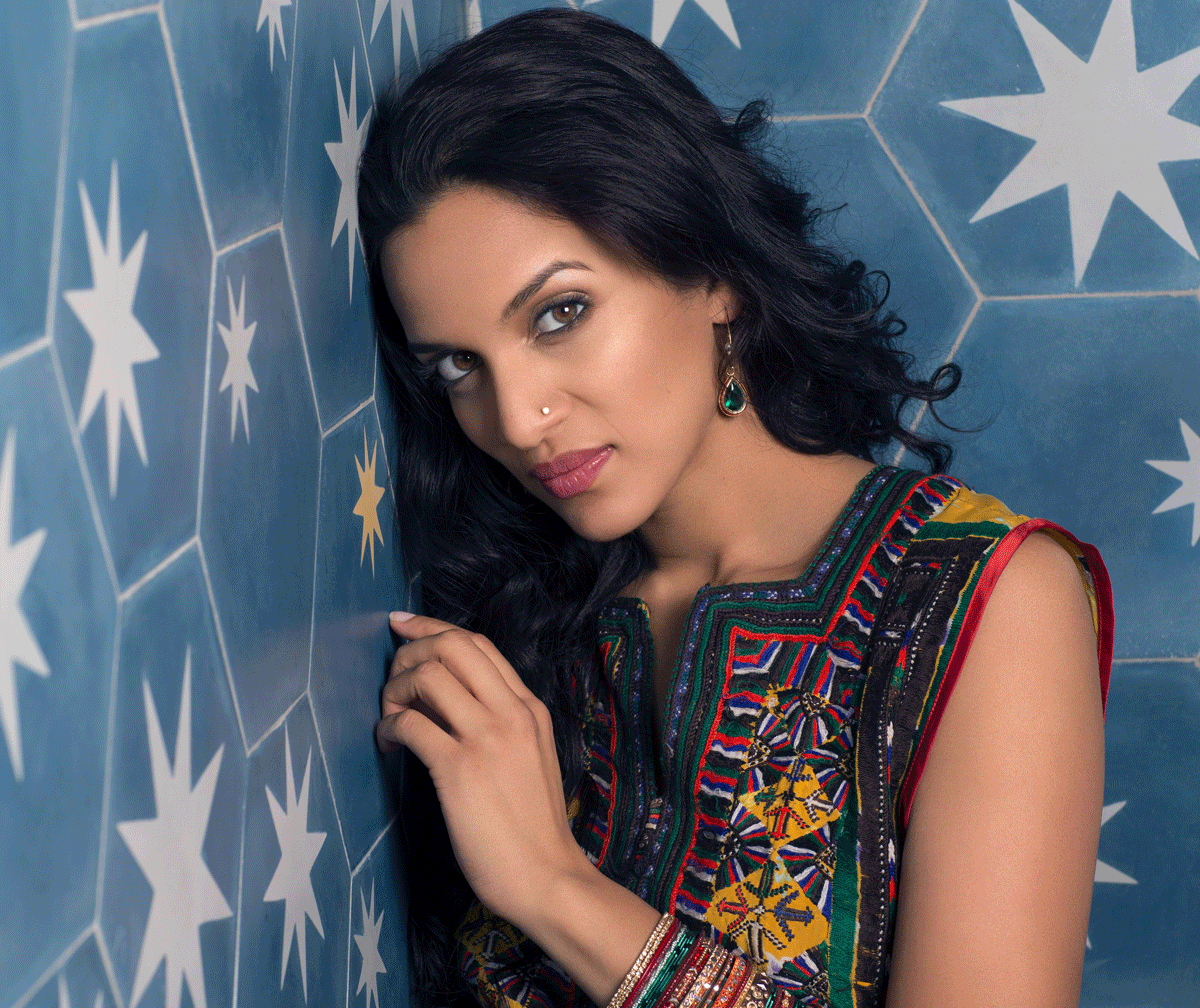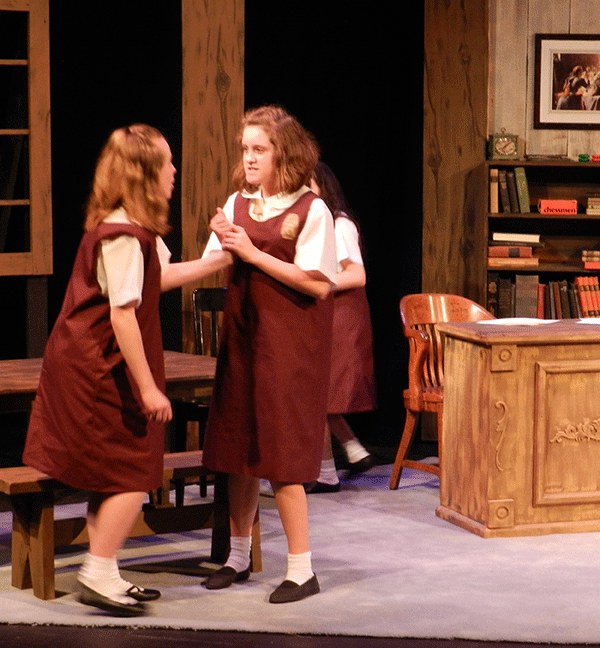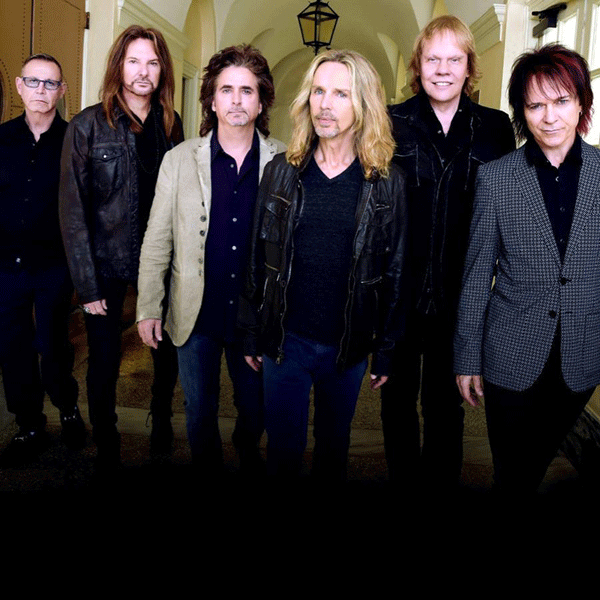Sitar player Anoushka Shankar has spent her life immersed in three cultures. Born in England, she spent her childhood shuttling between London and Delhi with mother and father, renowned sitar player Ravi Shankar. She began taking sitar lessons from her father at age seven and at 10 began accompanying him on the tanpura, an Indian drone instrument, during his performances. When she was 11, she moved with her parents to San Diego where she attended high school, was crowned homecoming queen and graduated with honors. In 2009 she returned to London to raise her own family.
Shankar’s travels have taken her around the world. Now, after much effort, she is coming to Fort Wayne. And that has made Dr. Vijay Chilakamarri very happy.
Chilakamarri is the president of Shruti Fort Wayne Indian Cultural Society and a cardiologist with Lutheran Medical Group. For the past four years, Shruti has brought a variety of Indian artists to perform at IPFW in an effort to broaden cultural connections. But Shankar had always declined.
“Anoushka Shankar is probably one of the most sought-after sitar players in the world today, especially in India and the U.S. too,” Chilakamarri said. “Took almost three years to convince her to come to Fort Wayne. First time I called her was like three or four years ago when we were not really doing this program. We had just begun. And she said, ‘Where’s Fort Wayne?’ I tried to tell her it’s not a very small town. She didn’t come because she really didn’t think this was going to be a big deal or a viable one.”
Then word got out. Players like tabla master Zakir Hussein, flutists Shashank Subramanyam and Rakesh Charasia, sarod master Amjad Ali Khan, and santoor player Shivkumar Sharma each had concerts here. And dance troupes Natya Dance Theater and Ragamala Dance have performed as well.
“Finally last year we called her again,” Chilakamarri said. “And this time I think, having done these programs for a while, some of the guys came here and the message got to them that this is the place you want to go. Zakir Hussein told me that anytime we want he will make sure that he comes to Fort Wayne. And I think having talked to some of these people that we are getting a little better response.”
Shankar inhabits a rarefied world of talented and successful artists. First there’s her father, Ravi, who died in late 2012. Ravi Shankar popularized the sitar, played with the Beatles and, with George Harrison, put on the first and arguably most famous benefit concert, the Concert for Bangladesh. Singer Norah Jones is her half-sister. And she is married to the director Joe Wright whose films include Pride & Prejudice, Atonement and the recent adaptation of Anna Karenina.
On her latest album, 2016’s Land of Gold, Shankar collaborated with rapper M.I.A., actress Vanessa Redgrave and singer Alev Lenz to produce a record that draws its inspiration from the humanitarian plight of the world’s refugees.
In an April 2016 interview with the San Diego Union-Tribune, Shankar explained the seeds of Land of Gold.
“The idea of millions of people being driven out of their homes, of children not having safe shelter or passage, is not a political issue, it’s a humanitarian issue,” Shankar told the Union-Tribune. “I’m not pretending I can change the world, or to be an expert on social and political affairs. But I certainly have a right to say when something is wrong. It’s important to be a part of a culture and community and to be a positive influence in every aspect of my life that I can.”
Land of Gold is a stunning example not only of Shankar’s virtuosity on the sitar, but of the vast sweep of her influences. Also working with Shankar on the CD is Bj?rk producer Matt Robertson; hang (steelpan) virtuoso and co-writer of many of the album’s 10 pieces Manu Delago; Sanjeev Shankar, a master of the shehnai, an Indian reed instrument; jazz bassist Larry Grenadier; cellist Caroline Dale; and the all-girl children’s choir Girls for Equality. The album also includes the recorded footwork of dancer Akram Khan.
Earlier CDs found Shankar performing classical Indian sitar on 2015’s Home and delving into world and electronic music on 2013’s Traces of You, which featured older sister Jones.
Shankar’s openness to different cultures and styles of music is a goal shared by Shruti. Chilakamarri said bringing Indian music and dance to IPFW is a great way to spread such diversity.
“Two years ago we did a survey,” Chilakamarri said. “We had responses from Indian community saying what they wanted. But the local non-Indian community is what we focus more on to make this enjoyable for the local community. Especially for the students from this region, not just Fort Wayne.
“Because of the language barrier, we have had to exclude the vocal artists just because if you don’t understand the language you may not really appreciate what it is. And so we kind of focus on instrumental music and dance. We don’t need to explain. With the dance, we’re thinking next time of having a workshop to help people understand what it is.”
One of the best parts of the concerts is the price. Through donations, Shruti is able to keep the cost at a low $10 per ticket.
“A lot of local businesses have begun to support,” he said. “They donate to both IPFW and our group. I get emails asking how people can help. It keeps the cost really down, and I want to keep it that way as long as possible. So far I think we have been really fortunate.”
That good fortune extends to everyone in the region. While members of the Indian community travel from Detroit, Chicago, Dayton and Indianapolis to attend Shruti-sponsored events, Chilakamarri thinks it would be a stretch to entice non-Indians.
“If we charge a really high dollar amount for something and they know nothing about it, that’s probably not going to happen.”
With Anoushka Shankar’s performance, Chilakamarri hopes the reputation Fort Wayne is getting will spread to other artists as well.
“We have people who want to come back again and again, and to be honest, that has become a little bit of an issue,” he said. “They like the auditorium and the audience, but we don’t want the same artists every year.”
 Submit Your Event
Submit Your Event



